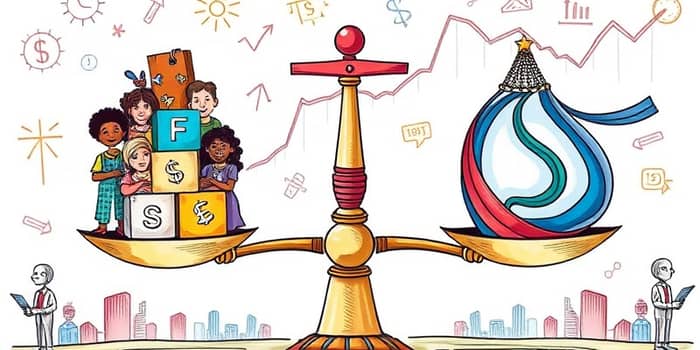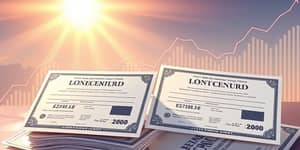
Choosing between fixed and variable rates can have a significant impact on your financial future. Whether you’re financing a home, paying for higher education, or securing a personal loan, understanding these options is crucial.
This article offers a data-driven, practical guide to help borrowers make informed decisions, with up-to-date figures, market trends, and clear comparisons.
Fixed and variable rate loans differ primarily in how the interest is applied over time. Knowing these definitions is the first step toward making an optimal choice.
Fixed Rate Loans maintain the same interest rate throughout the loan’s term. The borrower enjoys fixed interest rate stability and a predictable monthly payment, simplifying budgeting and long-term planning.
Variable Rate Loans adjust interest based on an underlying index, such as SOFR or the Prime Rate. They often start with lower initial rates but carry the risk that payments can increase or decrease as market rates shift.
The mortgage market offers a clear illustration of how rate types perform. As of June 27, 2025, the following rates apply:
Typically, adjustable-rate mortgages (ARMs) begin with lower rates, but in certain market conditions—such as an inverted yield curve—the fixed rates may temporarily undercut variable rates. Many experts predict that central banks will lower benchmark rates in late 2025, making ARMs potentially more attractive for short-term stays.
However, borrowers must consider subject to rate adjustment caps. Annual and lifetime caps limit how much rates can increase, but spikes after the initial fixed period can still challenge monthly budgets significantly.
Federal student loans offer only fixed rates, reset annually for new disbursements but fixed per loan. These rates are generally competitive and come with borrower protections such as income-driven repayment plans.
Private student loans, by contrast, allow a choice between fixed and variable options. Variable rates adjust quarterly, calculated as a base index plus a lender margin. Fixed rates lock in certainty but usually start higher.
Your choice should reflect your expectation of rate trends, the length of your repayment period, and your tolerance for uncertainty.
Most auto loans and personal loans come with fixed rates, ensuring predictable payments over the loan term. Variable rates are less common but available through certain lenders, typically tied to the Prime Rate.
When offered, variable personal loans can provide a short-term advantage if rates are falling, though the lack of government safeguards means borrowers must weigh risk carefully.
Selecting the right rate type involves more than simply comparing numbers. Consider these core factors:
Example scenario: A risk-averse borrower planning to stay in their home for 30 years might choose a 30-year fixed mortgage. Conversely, someone expecting to sell or refinance within five years could benefit from a 5/6 ARM’s lower initial rate.
Understanding the nuances between fixed and variable rates empowers you to align your borrowing strategy with your financial goals and risk tolerance. There’s no one-size-fits-all solution, but by examining term length, market forecasts, and personal circumstances, you can make a choice that minimizes surprises and maximizes potential savings.
Whether you opt for the budget certainty of a fixed rate or the initial savings of a variable rate, a well-informed decision will serve as the foundation for a sound financial future.
References













